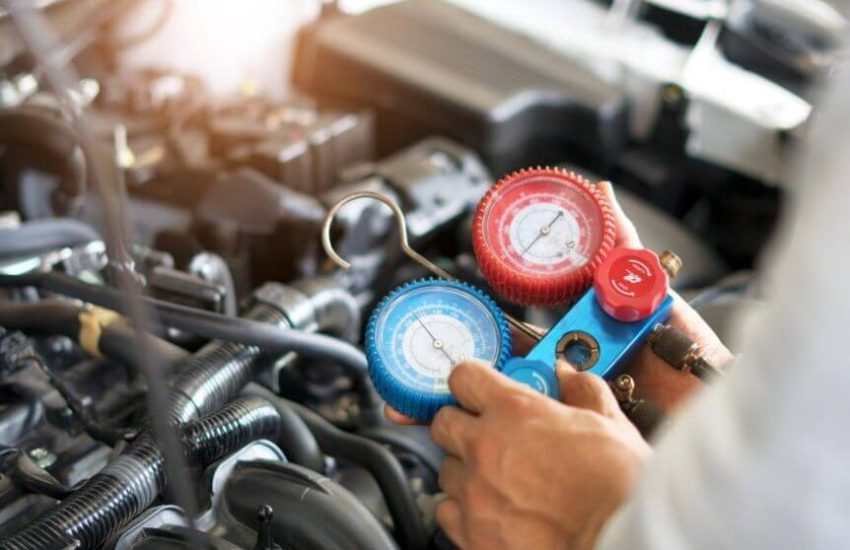The Green Revolution on Wheels: How Singapore Is Transforming Urban Transit
Introduction
The shift towards sustainable transportation in Singapore has accelerated dramatically with the introduction of electric buses in Singapore services across the island nation. As a global leader in urban planning and environmental initiatives, Singapore has committed substantial resources to electrifying its public transport fleet, making electric bus operations a cornerstone of its green transport strategy. This transformation represents not just a technological upgrade but a fundamental reimagining of how citizens move through one of Asia’s most densely populated cities.
The Electric Transition: By the Numbers
The statistics behind Singapore’s electric bus revolution tell a compelling story:
- Over 60 electric buses are currently in operation across multiple routes
- Plans to expand to 200+ electric vehicles by 2026
- Zero tailpipe emissions per vehicle
- Reduction of approximately 7,840 tonnes of carbon dioxide annually
- Noise levels reduced by up to 75% compared to diesel counterparts
“The electrification of our public bus fleet marks a pivotal moment in Singapore’s journey toward a more sustainable and liveable city. Each electric bus represents not just cleaner air but a commitment to future generations,” noted a senior transport official during the latest fleet deployment.
Environmental Impact Beyond Emissions
Cleaner Air, Healthier Lives
The environmental benefits of electric buses extend far beyond their zero-emission performance. In Singapore’s tropical climate, where air quality can be compromised by both industrial activity and conventional vehicles, electric buses represent a critical intervention in public health.
The particulate matter reduction alone has significant implications. Unlike their diesel predecessors, electric buses don’t release the microscopic particles that can penetrate deep into the lungs and bloodstream. For a city where outdoor activities and pedestrian traffic are essential to daily life, this improvement translates to measurable health outcomes.
Noise Pollution: The Overlooked Benefit
Perhaps less discussed but equally important is the dramatic reduction in noise pollution. The characteristic rumble of diesel engines has been replaced by the near-silent operation of electric motors, transforming the urban soundscape. For residents living near bus routes and terminals, this change represents a significant improvement in quality of life.
“When the first electric buses began operating on my route to work, the difference was immediately noticeable. It’s not just about a quieter ride—it’s about a more peaceful neighbourhood, especially during early morning services,” shared one regular commuter.
Infrastructure Evolution
Charging Networks and Smart Systems
Behind the scenes of Singapore’s electric bus revolution lies a sophisticated infrastructure network. Strategic charging stations have been established at key depots and terminals, utilising both overnight slow-charging and opportunity fast-charging technologies.
The charging infrastructure incorporates smart management systems that optimise power usage based on:
- Grid demand patterns
- Weather conditions
- Route requirements
- Battery health monitoring
- Predictive maintenance needs
This intelligent approach ensures maximum efficiency while minimising strain on Singapore’s electrical grid—a crucial consideration for a small nation with limited energy production capacity.
Economic Implications and Workforce Development
Cost Analysis and Long-term Savings
The initial investment in electric bus technology represents a significant capital outlay, but the long-term economic benefits are compelling. Operational costs are substantially lower, with electricity proving more economical than diesel fuel, especially given Singapore’s strategic energy partnerships. Maintenance requirements are also reduced, with fewer moving parts and no complex emission control systems to service.
These savings ultimately translate to greater fiscal sustainability for public transport operations, potentially allowing for expanded service without increased fares. The economic calculus becomes even more favourable when factoring in the reduced healthcare costs associated with improved air quality and the economic value of reduced carbon emissions.
Skills Development and New Employment Pathways
The transition to electric buses has catalysed the development of new technical skills within Singapore’s workforce. From specialised maintenance technicians to charging infrastructure engineers, an entirely new category of green jobs has emerged. Educational institutions have responded with tailored programmes designed to equip workers with the expertise needed in this evolving sector, ensuring the city-state maintains its technological edge.
The Passenger Experience
The transition to electric buses has transformed the journey experience for millions of Singaporeans. Beyond the environmental benefits, passengers now enjoy:
- Smoother acceleration and deceleration
- Reduced vibration during travel
- Lower internal noise levels allow for conversation
- Improved air conditioning efficiency
- Modern digital information systems
The cumulative effect is a public transport experience that feels premium without premium pricing—democratizing comfort across socioeconomic boundaries.
Challenges and Solutions
Despite its successes, Singapore’s electric bus implementation has faced challenges. Battery performance in tropical conditions initially presented concerns, with high ambient temperatures potentially affecting longevity and range.
The solution came through adaptive engineering: custom thermal management systems designed specifically for Singapore’s climate. Additionally, route optimisation software now accounts for factors like air conditioning load during peak heat hours and adjusts charging schedules accordingly.
The Road Ahead
Singapore’s electric bus program represents just one element of a comprehensive transport strategy. Integration with other modes of transport—including the MRT system, cycling infrastructure, and pedestrian corridors—creates a seamless network that makes car-free living increasingly practical.
Future developments will likely include:
- Vehicle-to-grid technology enables buses to support power networks
- Autonomous capabilities reduce operator costs
- Solar integration at charging depots
- Battery recycling and second-life programs
Conclusion
The transformation of Singapore’s public bus fleet exemplifies how technological innovation, environmental consciousness, and thoughtful urban planning can coalesce around a single initiative with far-reaching benefits. As passengers step aboard these vehicles, they’re participating in a quiet revolution—one that reduces carbon footprints, improves public health and enhances urban livability. For a nation committed to sustainability across all sectors, the continued expansion and refinement of electric buses in Singapore services will remain a visible symbol of progress toward a greener tomorrow.



